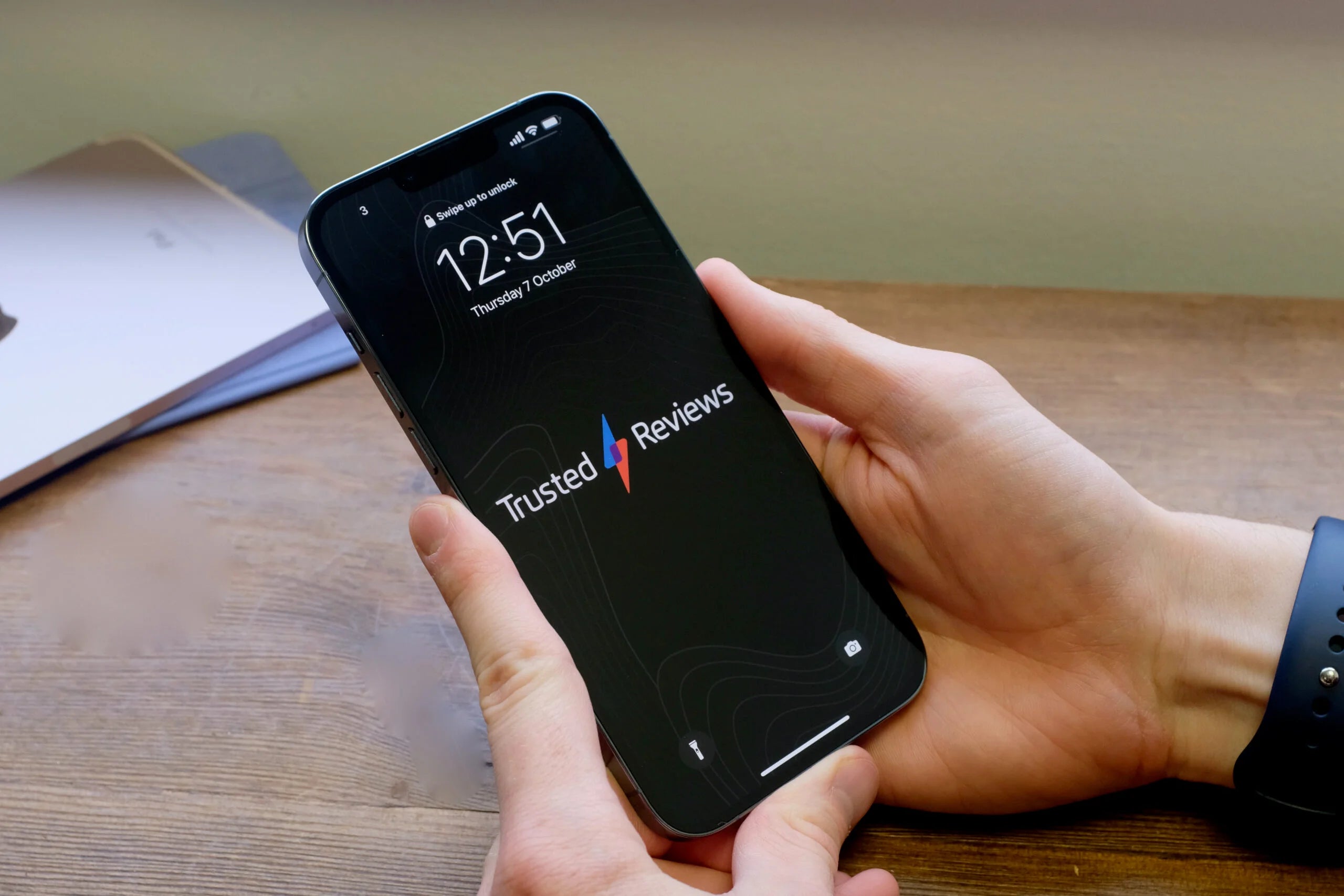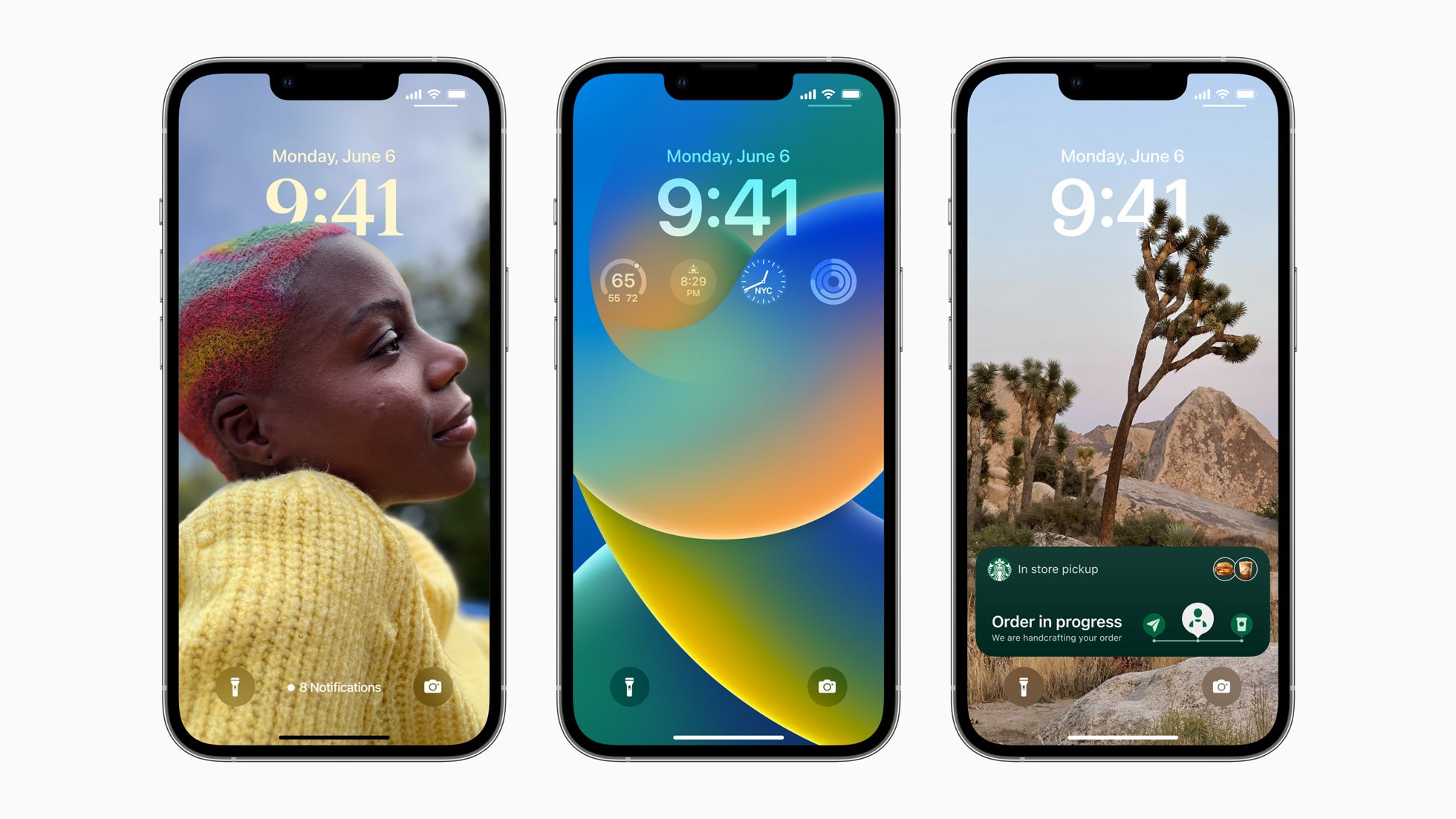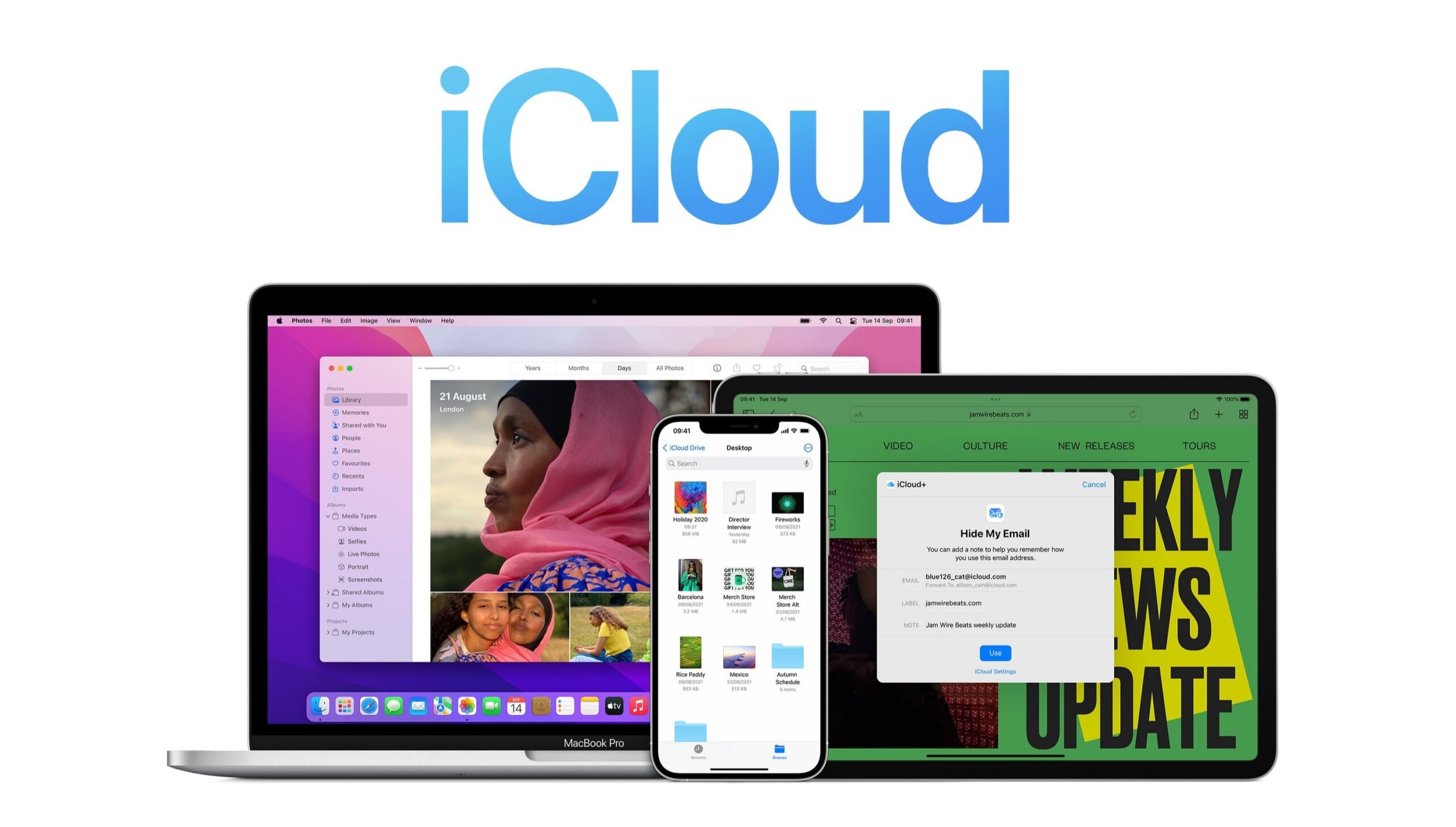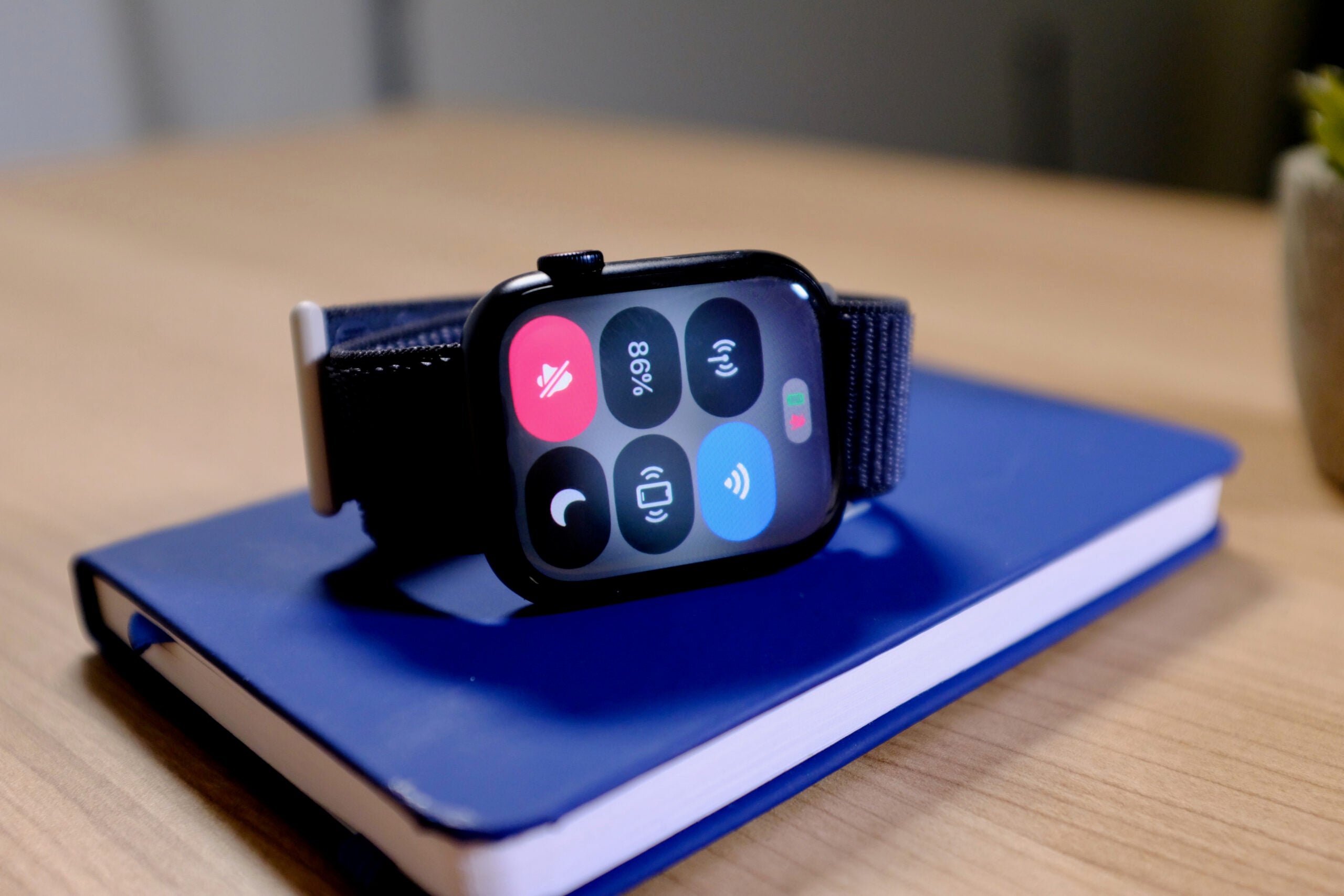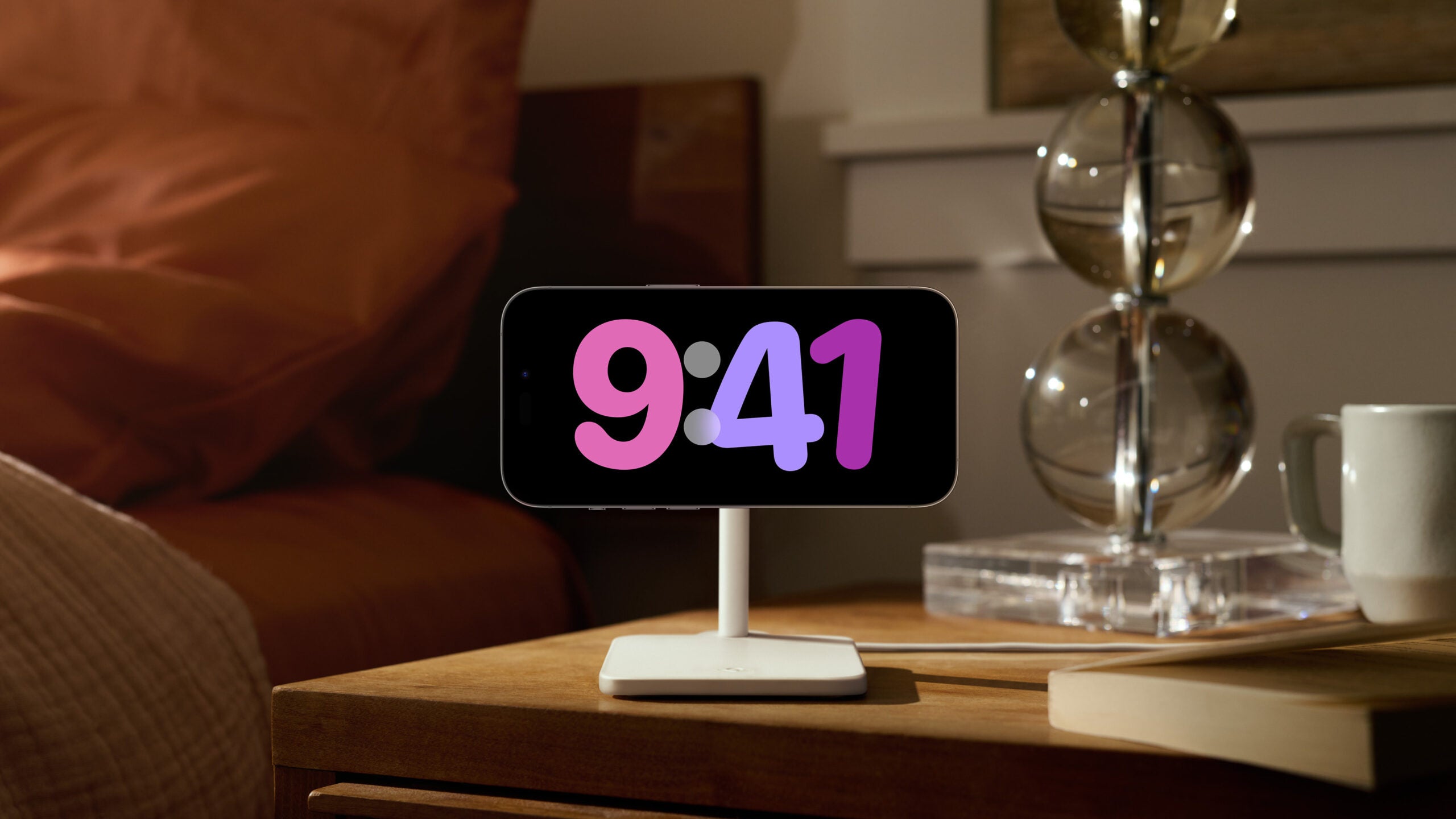How to turn off Face ID on your iPhone
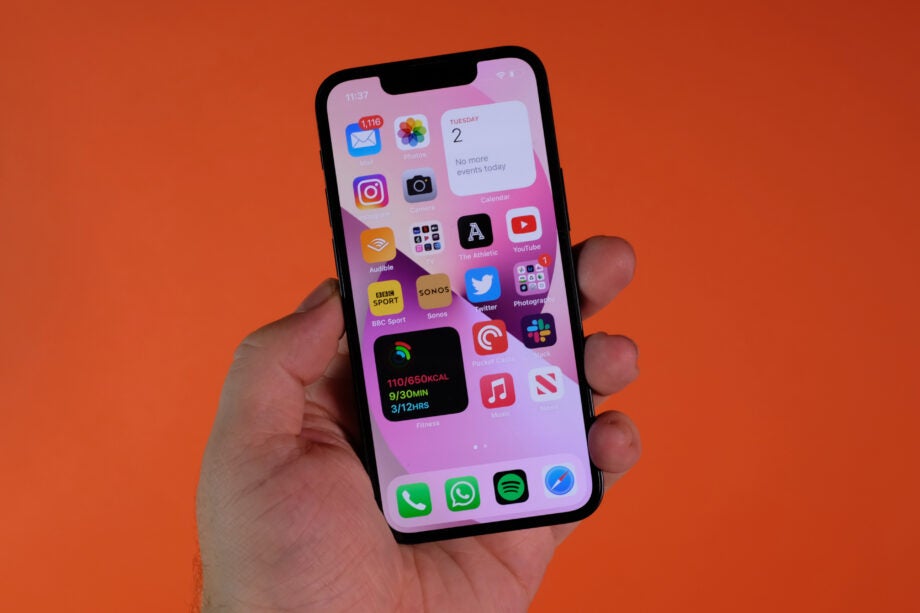
If you no longer want to use your face to unlock your iPhone, then just follow the steps of this simple guide.
Face ID can be an incredibly convenient way to unlock your iPhone – just by looking at it – but some users may be concerned that it’s not as secure as using a PIN to open up your device. If that’s the case for you, then you can follow this guide to disable Face ID and rely on a passcode instead.
What we used
- We used the iPhone 13, but you can use any iPhone or iPad that supports Face ID (iPhone X onwards, or any iPad Pro)
The Short Version
- Open the Settings app
- Tap on Face ID & Passcode
- Enter your passcode
- Toggle off Face ID for each suggested action
How to turn off Face ID on the iPhone: Step-by-step
Step
1Open the Settings app
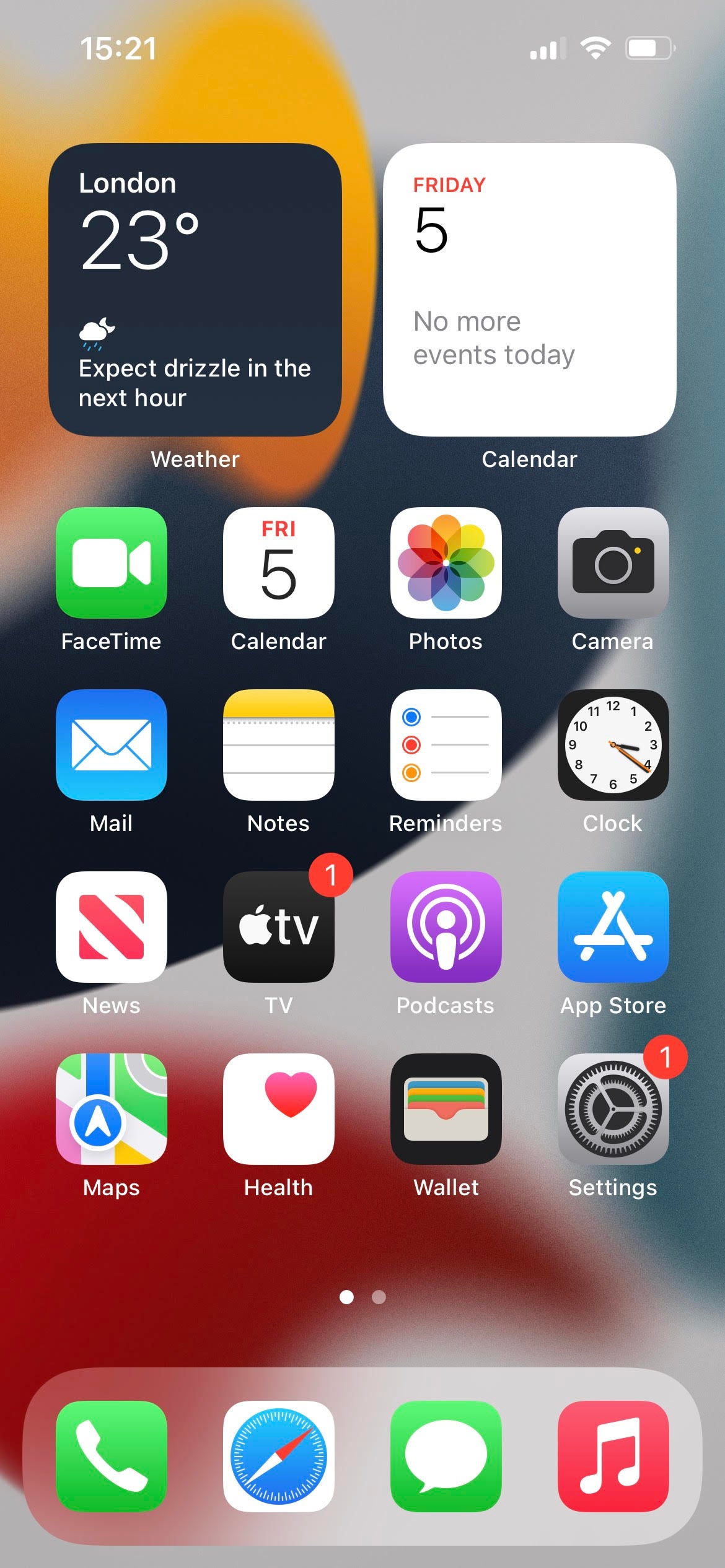
First of all, tap on your Settings app to open it. This is the one on the home screen with an icon like a mechanical cog.

Step
2Tap on Face ID & Passcode
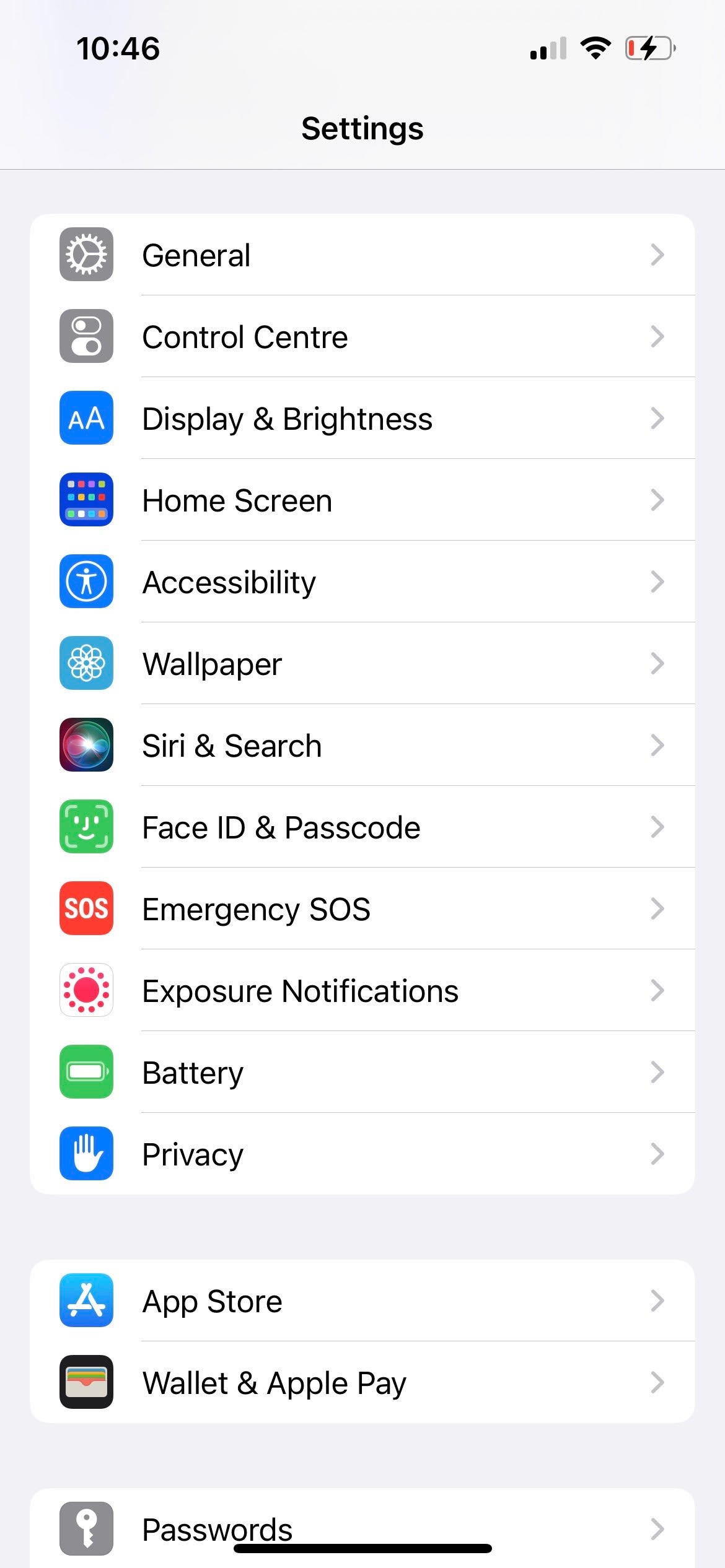
On the Settings menu, tap on Face ID & Passcode.

Step
3Enter your passcode
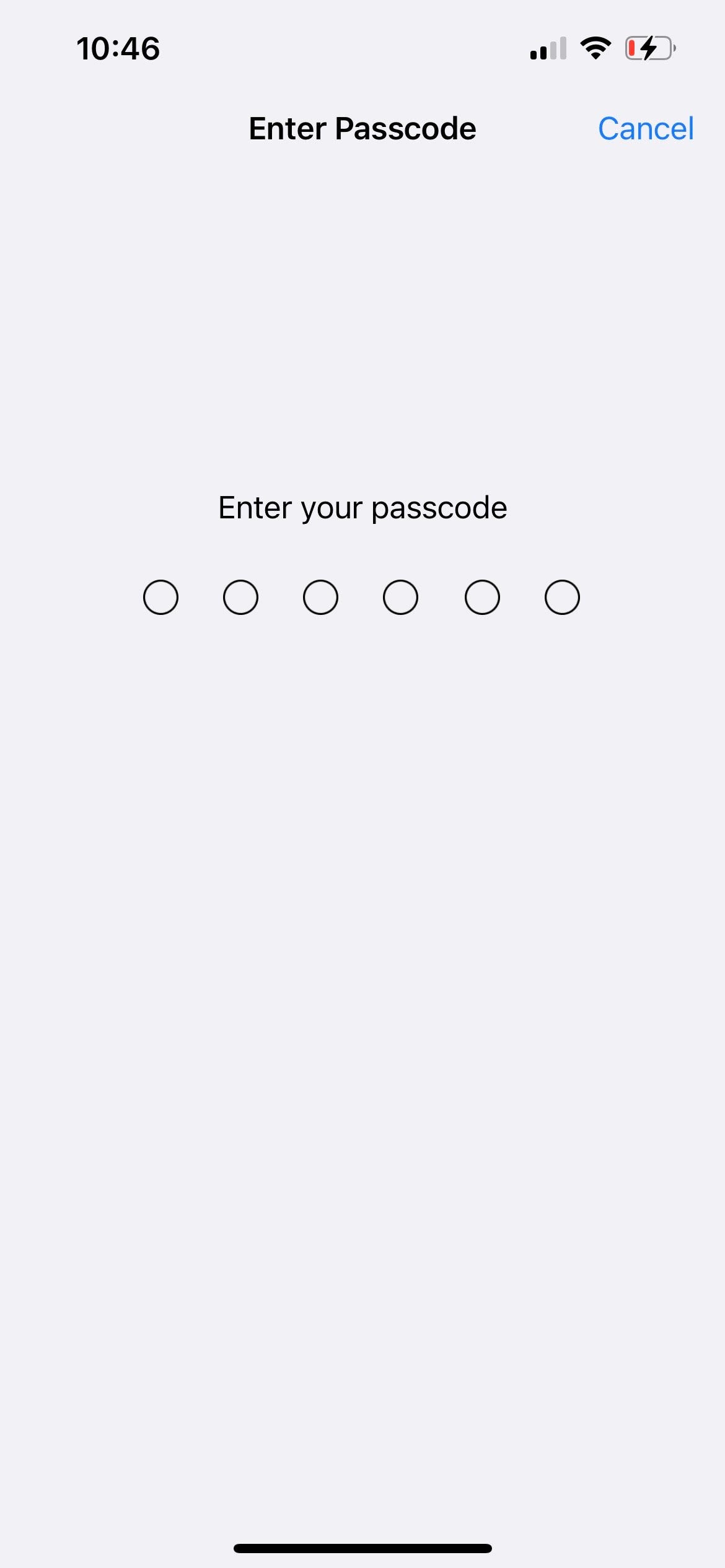
At this stage you’ll be asked to enter your passcode, so do this in order to access the Face ID & Passcode menu.

Step
4Toggle off Face ID for each suggested action
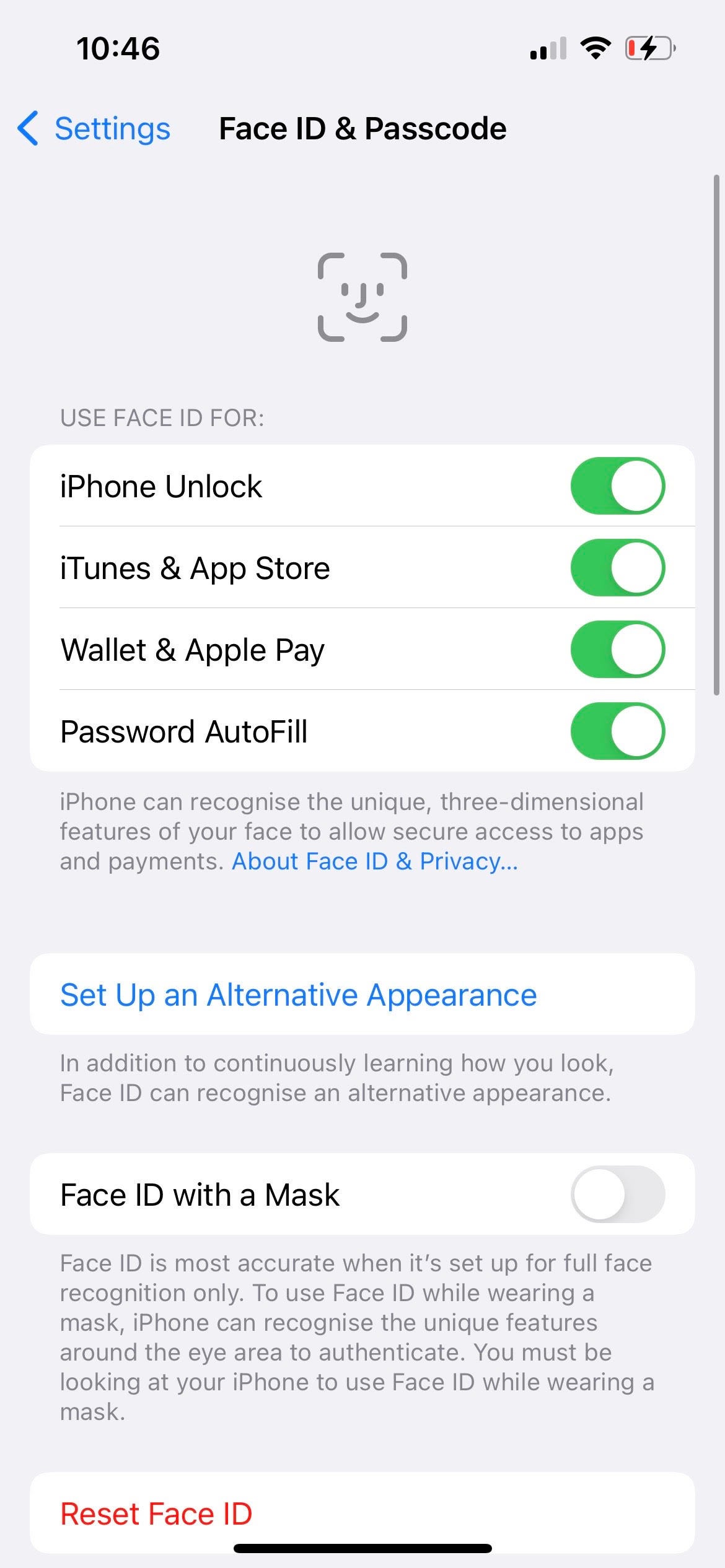
Now you’ll be able to switch off the toggle for Face ID across various actions, include to unlock your phone.

Troubleshooting
Although Face ID is highly accurate, some users are concerned that it may either register a false positive or be used to unlock your phone by someone else holding it up to your face.
Simply follow the same process but switch the toggles to on again at the final stage.


